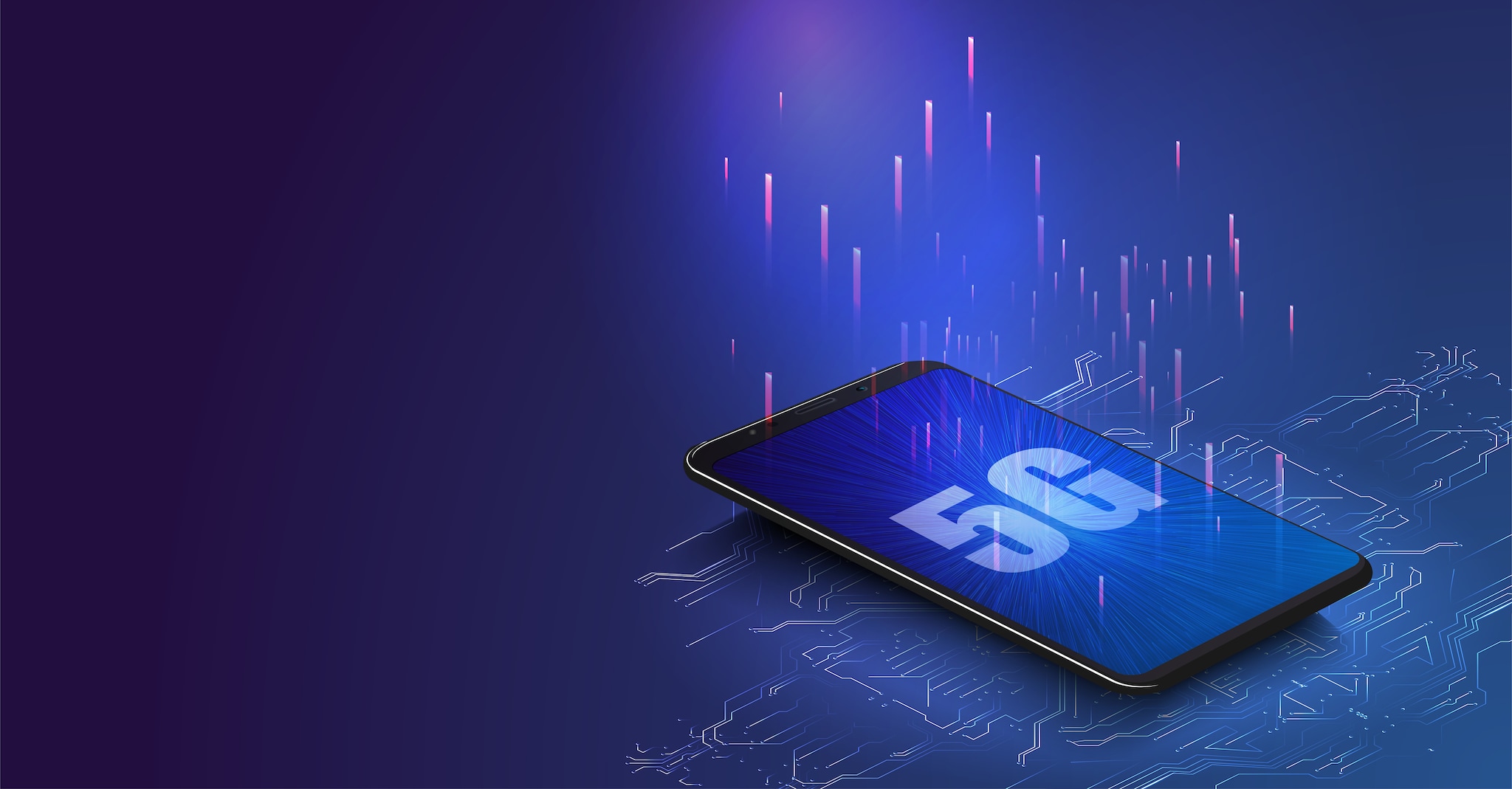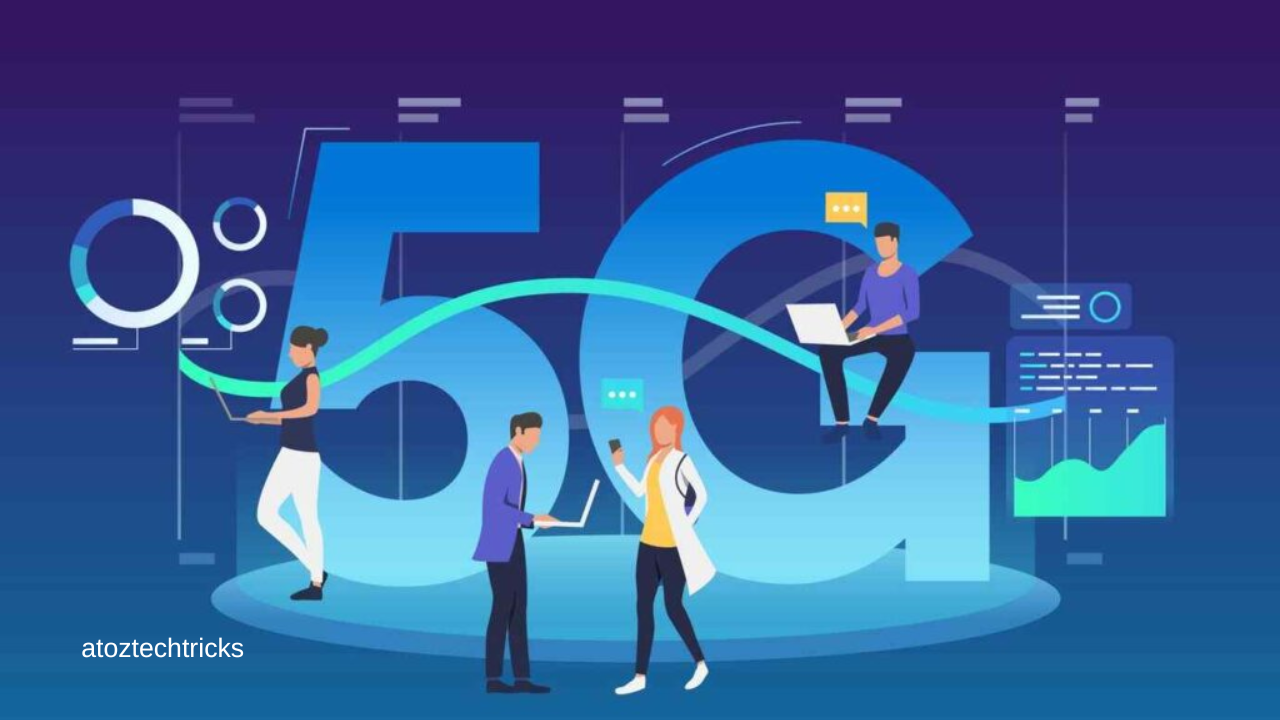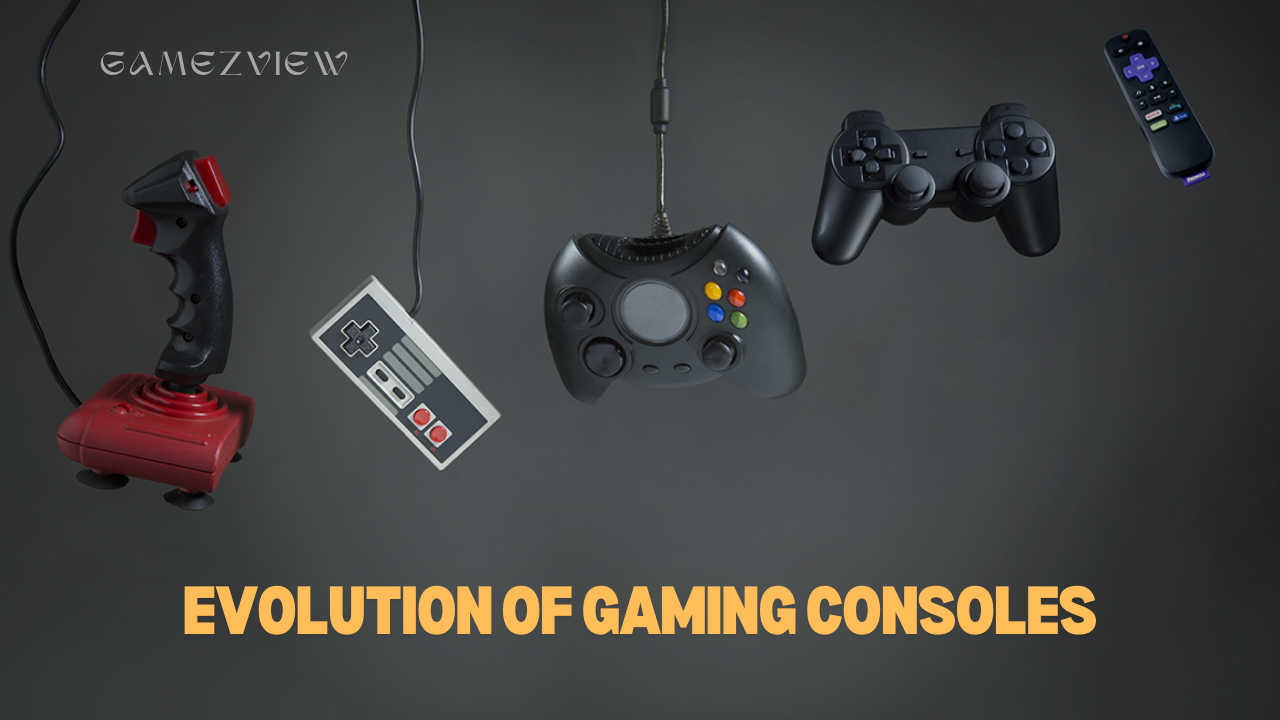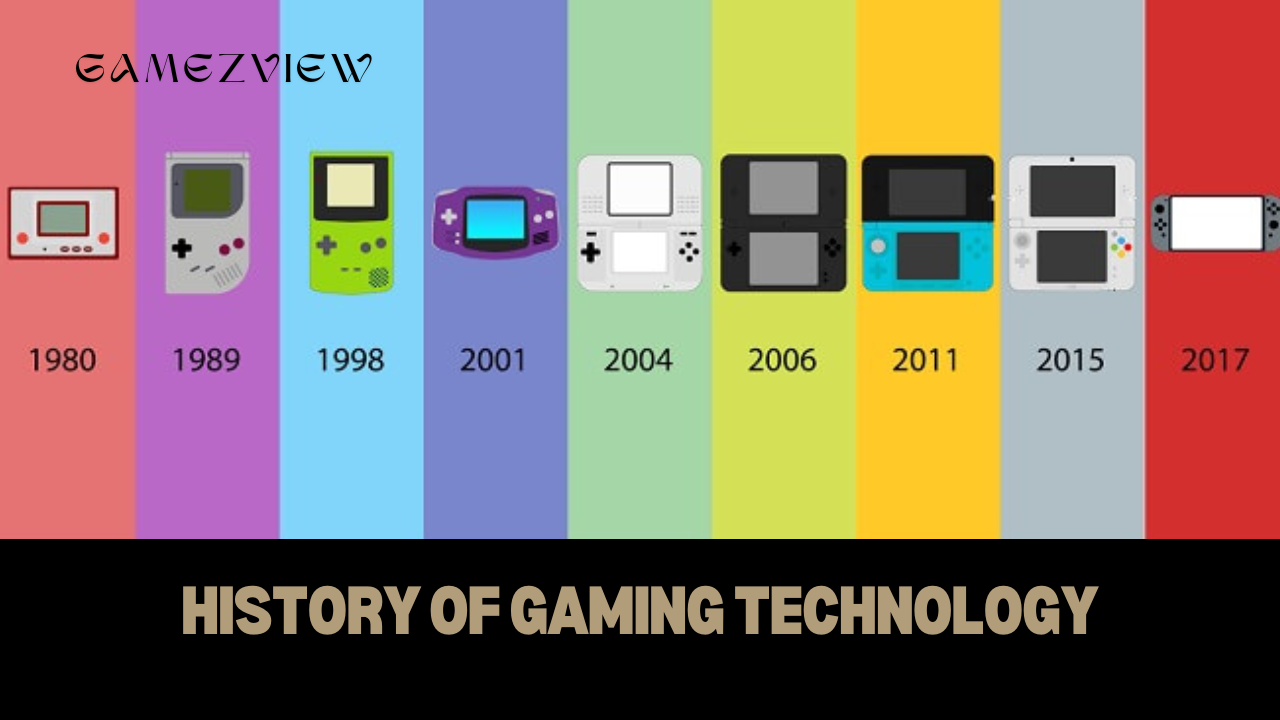The dawn of 5G technology marks a pivotal moment in the evolution of digital connectivity. As the fifth generation of mobile networks, 5G is not just an incremental improvement over 4G LTE but a revolutionary leap that promises to reshape how we interact with technology and the world around us. This comprehensive guide explores how 5G technology is transforming connectivity, its key features, its impact on various industries, and the future it holds.
What is 5G Technology?
5G, or fifth-generation wireless technology, is the latest advancement in mobile network systems. It is designed to significantly enhance the speed, capacity, and responsiveness of wireless communication. Unlike its predecessors, 5G is engineered to handle a massive increase in data traffic, support a higher density of connected devices, and deliver ultra-reliable low-latency communication (URLLC).
The Future of Artificial Intelligence: Trends and Predictions
Key Features of 5G Technology
- Increased Speed and Bandwidth 5G technology promises data transfer speeds up to 100 times faster than 4G LTE. This means that downloading a high-definition movie or large files will take mere seconds. The enhanced bandwidth allows for smoother streaming of high-definition and virtual reality (VR) content.
- Low Latency One of the standout features of 5G is its ultra-low latency, with potential reductions to as low as 1 milliseconds. This near-instantaneous communication is crucial for applications that require real-time responses, such as autonomous vehicles and remote surgery.
- Enhanced Capacity 5G networks are designed to support a vastly larger number of devices simultaneously. This increased capacity is essential as the number of connected devices, including smartphones, smart home gadgets, and IoT sensors, continues to rise.
- Improved Reliability With 5G, users can expect more reliable connections with fewer dropouts and interruptions. This is achieved through advanced network management techniques and the ability to handle interference more effectively.
- Network Slicing 5G introduces the concept of network slicing, which allows operators to create multiple virtual networks within a single physical 5G network. Each slice can be customized for specific use cases, such as high-speed internet for consumers or dedicated low-latency connections for industrial applications.

The Impact of 5G on Various Industries
The transformative power of 5G technology extends far beyond just faster internet speeds. Its impact spans across multiple industries, driving innovation and creating new opportunities.
1. Healthcare
5G technology is set to revolutionize the healthcare industry by enabling advanced telemedicine solutions, remote diagnostics, and even remote surgery. The low latency and high reliability of 5G networks allow for real-time monitoring of patient’s health, better management of chronic conditions, and the ability to perform complex procedures from a distance. For instance, surgeons can perform operations using robotic systems controlled via 5G connections, potentially saving lives and improving patient outcomes.
2. Automotive
The automotive industry stands to gain immensely from 5G’s capabilities. Autonomous vehicles, which rely on rapid data exchange between sensors, cameras, and the cloud, will benefit from 5G’s ultra-low latency and high bandwidth. This technology will enable more accurate and timely decision-making, enhancing safety and efficiency on the roads. Additionally, 5G will facilitate Vehicle-to-Everything (V2X) communication, allowing cars to interact with each other, traffic signals, and infrastructure to improve traffic flow and reduce accidents.
3. Manufacturing
In manufacturing, 5G technology will drive the next wave of industrial automation and smart factories. The low latency and high reliability of 5G will enable real-time monitoring and control of manufacturing processes, enhancing precision and efficiency. Predictive maintenance, powered by 5G-connected sensors, will help manufacturers avoid costly downtimes by predicting equipment failures before they occur. Moreover, augmented reality (AR) applications supported by 5G will provide technicians with real-time, hands-free guidance during maintenance and repairs.
Use of Virtual Reality in Gaming: Immersive Experiences Redefining the Future of Play
4. Entertainment and Media
5G will significantly impact the entertainment and media industries by enabling high-quality streaming, immersive virtual reality experiences, and interactive gaming. The increased bandwidth and speed will support seamless streaming of 4K and 8K video content, while low latency will enhance online gaming experiences, reducing lag and improving player engagement. Additionally, 5G will enable new forms of interactive and location-based entertainment, such as AR experiences that blend digital content with the physical world.
5. Smart Cities
The concept of smart cities, where urban infrastructure is enhanced with digital technology, will benefit greatly from 5G. With its ability to support a vast number of connected devices, 5G will facilitate the implementation of smart grids, intelligent transportation systems, and advanced environmental monitoring. For example, 5G-enabled sensors can monitor air quality, manage energy consumption, and optimize traffic flow, contributing to more sustainable and efficient urban environments.
The Future of 5G: Opportunities and Challenges
As 5G technology continues to roll out globally, it brings both opportunities and challenges that will shape its future development and adoption.
Opportunities
- Economic Growth The deployment of 5G is expected to drive significant economic growth by fostering innovation and creating new business opportunities. The technology’s ability to enable advanced applications and services will stimulate investment in various sectors, from healthcare to entertainment.
- Enhanced Connectivity 5G will bridge the digital divide by providing high-speed internet access to underserved and rural areas. This increased connectivity will promote inclusivity and ensure that more people can benefit from digital services and opportunities.
- Innovation in Emerging Technologies The capabilities of 5G will support the growth of emerging technologies such as augmented reality (AR), virtual reality (VR), and the Internet of Things (IoT). These technologies will, in turn, drive further innovation and create new applications that were previously impractical.
Challenges
- Infrastructure Development The deployment of 5G requires significant investment in new infrastructure, including the installation of millions of small cells and upgrading existing network components. This infrastructure development is a major challenge for network operators and governments, particularly in regions with limited resources.
- Regulatory and Privacy Concerns The widespread adoption of 5G raises regulatory and privacy concerns related to data security, network management, and spectrum allocation. Ensuring that 5G networks are secure and compliant with regulations will be critical to gaining public trust and facilitating widespread adoption.
- Health and Environmental Impact The potential health and environmental impacts of 5G technology, particularly related to increased radiofrequency (RF) radiation, are subjects of ongoing research and debate. Addressing these concerns and ensuring that 5G deployment is conducted responsibly will be essential for minimizing potential risks.
5G technology is poised to revolutionize connectivity by offering unprecedented speeds, low latency, and massive capacity. Its impact extends across various industries, driving innovation and creating new opportunities. While the deployment of 5G presents challenges related to infrastructure, regulation, and public health, its potential benefits far outweigh the hurdles.

As 5G continues to evolve and become more widely adopted, it will pave the way for a new era of connectivity, transforming how we live, work, and interact with technology. The future of 5G holds exciting possibilities, and its continued development will undoubtedly shape the next chapter in the digital revolution.



